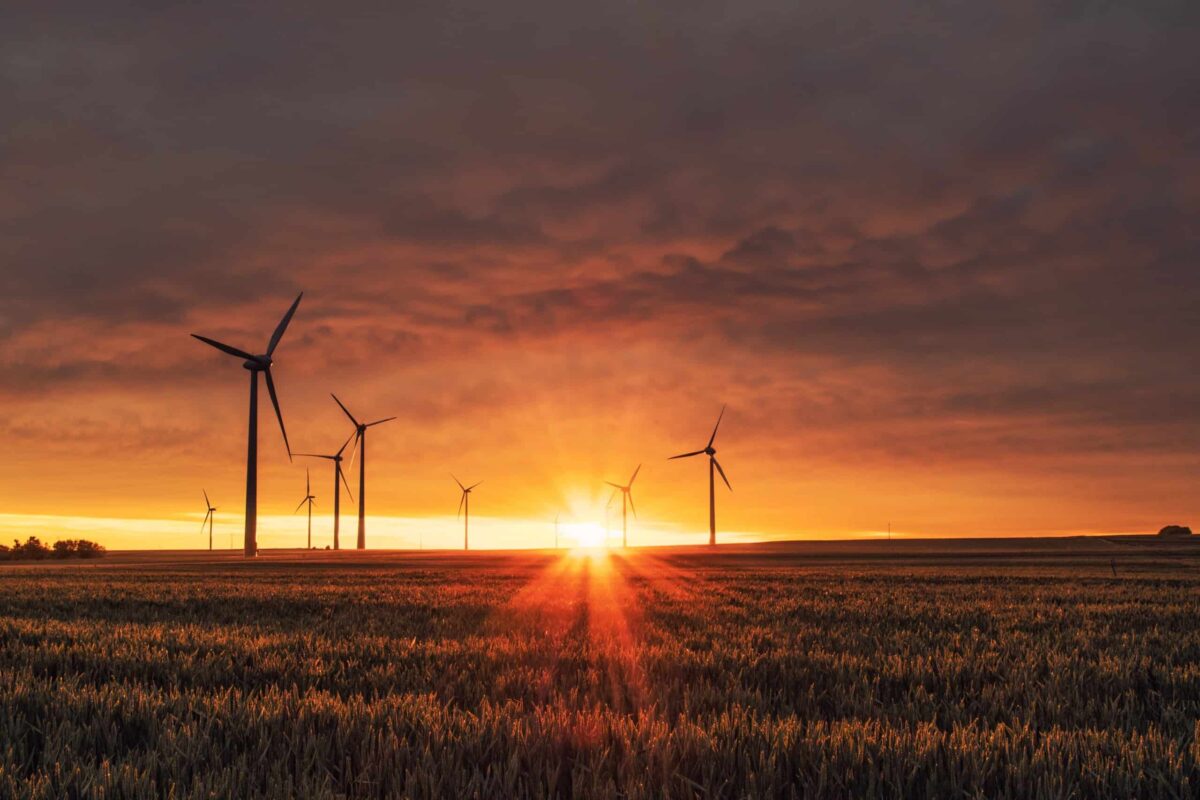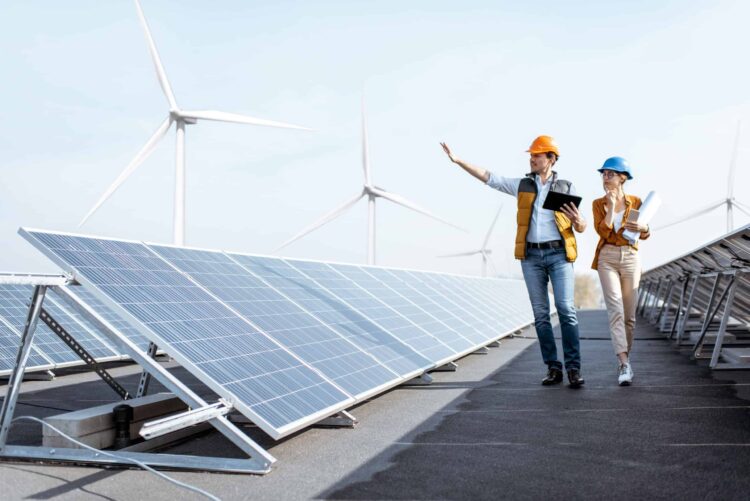Tips for a successful clean electricity project

For the first time in several years, there are significant opportunities for independent power producers (IPPs) and Indigenous groups across Western Canada to develop new wind, solar and electricity storage projects for the grid. This is a welcome development for a sector that has seen slow growth. In this blog, we’ll outline some of the key considerations for IPPs to take advantage of these opportunities — and how to avoid some of the pitfalls for the unwary in this new environment.
The logjam breaks in B.C.
In a letter dated June 15, 2023, BC Hydro informed the B.C. Utilities Commission that it would need to purchase new renewable energy to come into service as early as 2029 to meet the province’s needs. The Crown corporation plans to launch a competitive process next spring to acquire about 3,000 GWh of renewable energy from IPPs, in addition to expanding the output of existing facilities. BC Hydro is currently consulting with Indigenous groups and industry to determine the details of the call for power.
Critics had argued that BC Hydro wasn’t doing enough to meet the province’s future power needs, particularly with electric vehicles hitting the mainstream and other sectors of the economy expected to move to grid power for their operations to lower their carbon footprints. BC Hydro’s 2021 Integrated Resource Plan had initially targeted 2031 as the year when new energy would be needed. With the new date of 2029, project planning is now urgently required.
The B.C. announcement follows last year’s announcement by SaskPower that it plans to request proposals for the supply of 400 MW of wind energy and 300 MW of solar, and up to 3,000 MW in total by the year 2035. Taken together with the ongoing boom in the development of renewables in Alberta, this is shaping up to be an unprecedented time for IPPs in Western Canada. But these new opportunities also carry new risks.
Indigenous partnerships
Indigenous involvement will be a key success factor for prospective IPPs. It will come as no surprise if RFPs include preferences for projects with Indigenous hiring, training and business opportunities. We regularly advise corporations and Indigenous groups and businesses on structuring partnership arrangements for wind and solar projects.
There are various options for structuring a partnership – you could form a general partnership, a limited partnership or a limited liability partnership – depending on each party’s willingness to assume liabilities. Generally, when the parties to a partnership share liabilities equally, they participate in the profits equally. If one party assumes a greater share of liabilities, it enjoys a greater share of the profit. Increasingly, we are also seeing projects led by Indigenous groups with third-party developers involved in supporting roles.
Engaging legal counsel early in the process can help you negotiate a partnership agreement that’s amenable to both parties – and one that may help you win a contract to sell your power to the grid.
Great tax incentives – with strings attached
The latest federal budget introduced a Clean Electricity Investment Tax Credit, covering up to 15% of the capital costs for eligible investments in clean electricity, including solar, wind and nuclear power.
To qualify for the maximum credit, you need to meet certain labour conditions – namely, paying employees the prevailing wage in your jurisdiction and ensuring that at least 10% of your tradesperson hours are worked by registered apprentices in the Red Seal trades.
The prevailing wage will be based on project collective bargaining agreements in your sector and region. Legal counsel can help you structure your wage arrangements in order to qualify for the generous federal tax breaks.
We can also help you to navigate the many other federal and provincial incentives that are available for renewables.
Addressing price uncertainty
You can’t predict future electricity prices and the future price of carbon. If you make a substantial investment into generating clean electricity and the price drops, it could take years longer than you anticipated to recover your costs and see a profit.
That’s where hedges and contracts for difference (CFDs) can help. CFDs set an agreed-upon strike price for electricity between a buyer and seller. In Alberta, if the pool price of electricity drops below the strike price, the buyer makes up the difference to the seller. This provides pricing certainty for the seller, regardless of the market rate for electricity. Similar arrangements are now in development federally to provide certainty about future carbon pricing.
As we discussed in a previous blog, CFDs have been widely used by IPPs in Alberta. Legal counsel can help you draft documentation that ensures you won’t be left in the lurch if prices drop in the future.
The lawyers in the MLT Aikins Energy group have wide-ranging experience advising clients throughout Western Canada on clean electricity projects. If you’re planning to launch a project, we’d be more than happy to assist you. Contact us to learn how we can help.
Note: This article is of a general nature only and is not exhaustive of all possible legal rights or remedies. In addition, laws may change over time and should be interpreted only in the context of particular circumstances such that these materials are not intended to be relied upon or taken as legal advice or opinion. Readers should consult a legal professional for specific advice in any particular situation.



